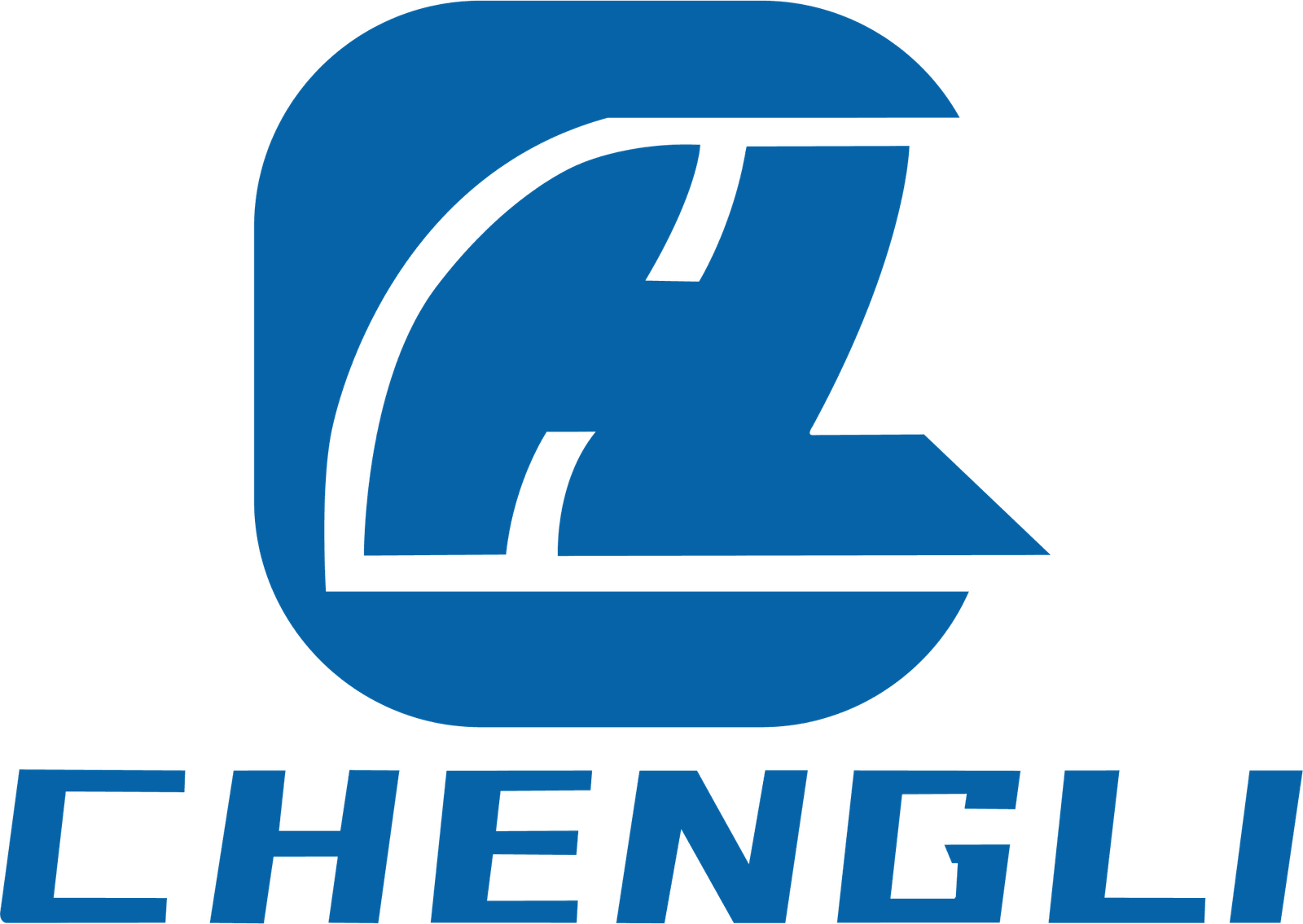Case Study: How a German Auto Maker Reduced Harness Costs by 40%
In 2023, a major German automotive manufacturer faced rising costs and inefficiencies in its wire harness production. Met oor 200 vehicle variants and increasing electrification, the complexity of harness designs had skyrocketed. The company initiated a cost-reduction program focusing on modularity, supplier optimization, and automation.
Challenges Identified:
Fragmented supplier base with inconsistent pricing
High labor costs in manual harness assembly
Delays due to lack of design standardization
Solutions Implemented:
Modular Harness Design: Engineers restructured the harness system into modular components, allowing reuse across different models.
Supplier Consolidation: The firm reduced its supplier base by 60%, negotiating better volume pricing with fewer, more strategic partners.
Nearshore Production: Labor-intensive tasks were shifted to Eastern Europe, cutting assembly costs by 25%.
Digital Twin Implementation: Using 3D modeling, errors were identified pre-production, saving on rework and material waste.
Results:
Total harness costs reduced by 40% oor 18 months.
Lead times cut from 12 weeks to 7 weeks.
Quality defects dropped by 35%.
This case demonstrates the power of strategic sourcing, modular design, and smart manufacturing in managing the growing complexity of automotive wiring.
